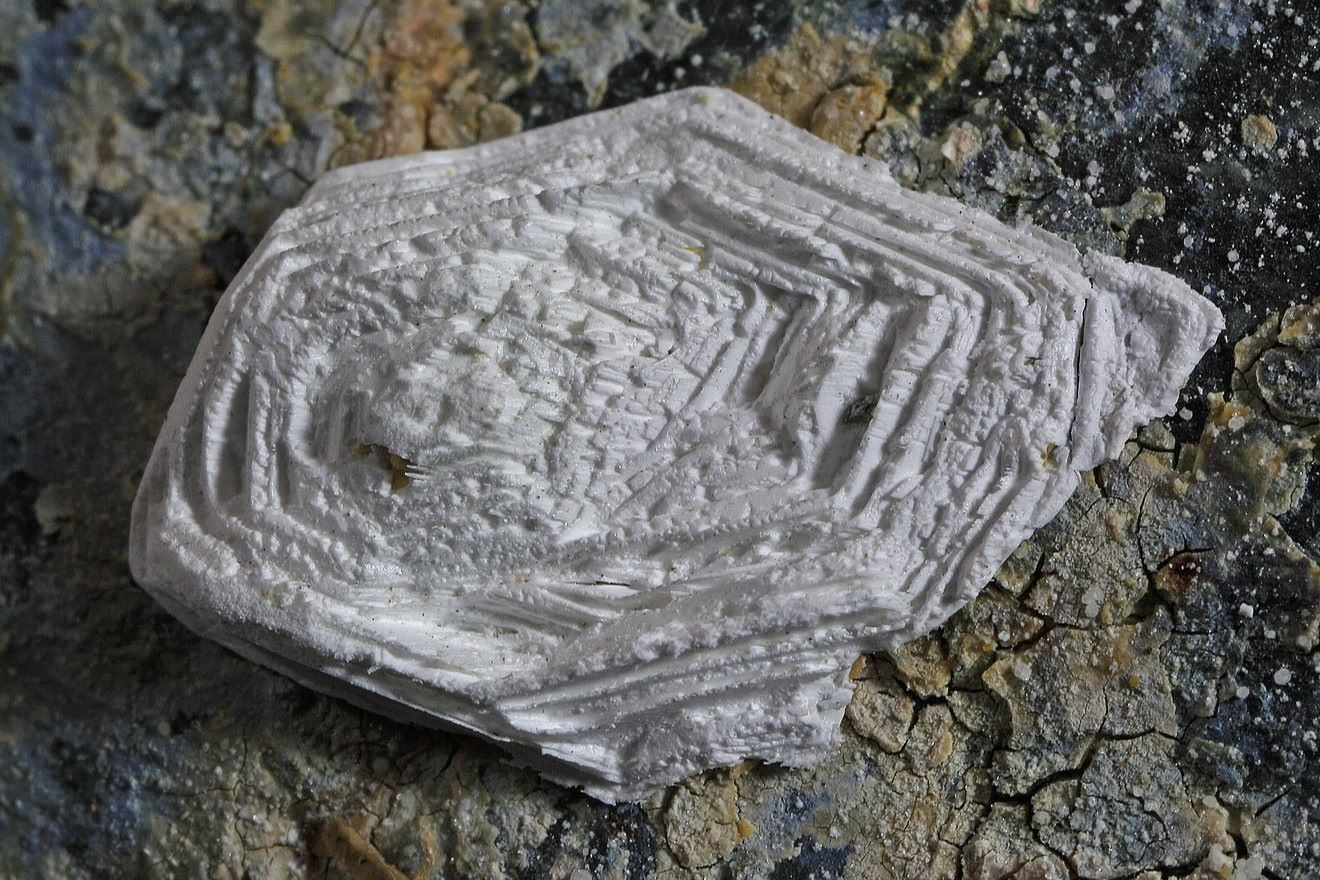
Brassite is a rare mineral that might not be on everyone's radar, but it's fascinating once you get to know it. Found in specific geological settings, this mineral has unique properties that make it stand out. Brassite is composed of magnesium, arsenic, and oxygen, forming under very specific conditions. Its crystal structure and formation process are intriguing to both geologists and mineral enthusiasts. This mineral is not just a scientific curiosity; it has practical applications too. From its role in understanding geological processes to its use in various industries, Brassite offers a lot to explore. Ready to dive into some cool facts about this unique mineral? Let's get started!
Key Takeaways:
- Brassite is a rare mineral with unique properties, named after a Swedish mineralogist. It forms in specific environments and has applications in geological research and environmental science.
- Found in Sweden, Italy, Germany, and the United States, brassite is prized by mineral collectors for its beautiful crystal clusters and is used to understand arsenic mobility and rare earth elements.
What is Brassite?
Brassite is a rare mineral that often intrigues geologists and mineral enthusiasts. Found in specific environments, it has unique properties and characteristics. Let's dive into some fascinating facts about this mineral.
-
Brassite is a hydrated magnesium arsenate mineral. Its chemical formula is Mg(AsO4)·4H2O.
-
This mineral was first discovered in Sweden. Specifically, it was found in the Långban mine, known for its diverse mineral deposits.
-
Brassite typically forms in oxidized zones of arsenic-rich mineral deposits. These environments provide the right conditions for its formation.
-
The mineral is named after R. W. Brasse, a Swedish mineralogist who contributed significantly to the study of minerals.
-
Brassite crystals are usually small and prismatic. They can also appear as fibrous or acicular aggregates.
Physical Properties of Brassite
Understanding the physical properties of brassite helps in identifying and studying it. Here are some key characteristics.
-
Brassite has a white to colorless appearance. Its transparency can range from transparent to translucent.
-
The mineral has a vitreous to silky luster. This gives it a shiny, glass-like appearance when light reflects off its surface.
-
Brassite has a Mohs hardness of 2.5 to 3. This means it is relatively soft and can be scratched by harder substances.
-
The specific gravity of brassite is around 2.4. This is a measure of its density compared to water.
-
Brassite exhibits perfect cleavage in one direction. This means it can split easily along a specific plane.
Chemical Properties of Brassite
The chemical composition of brassite is unique and contributes to its rarity. Here are some interesting chemical facts.
-
Brassite is composed of magnesium and arsenate ions. These elements combine to form its distinct chemical structure.
-
The mineral contains water molecules in its structure. This makes it a hydrated mineral, which means it includes water in its crystal lattice.
-
Brassite can decompose in water. Over time, exposure to water can break down its structure, releasing arsenic.
-
The mineral is soluble in acids. This property allows it to dissolve when exposed to acidic solutions.
-
Brassite can form secondary minerals. When it decomposes, it can lead to the formation of other minerals like arsenolite.
Occurrence and Locations
Brassite is not found everywhere. Its occurrence is limited to specific geological settings. Here are some notable locations.
-
Besides Sweden, brassite has been found in Italy. The Brosso mine in Piedmont is another significant source.
-
The mineral also occurs in Germany. The Clara mine in the Black Forest region is known for its brassite deposits.
-
In the United States, brassite has been identified in Nevada. The Getchell mine is a notable location.
-
Brassite is often associated with other arsenate minerals. These include pharmacolite, haidingerite, and picropharmacolite.
-
The mineral can also be found in volcanic fumaroles. These are openings in the Earth's crust that emit gases and can create unique mineral deposits.
Uses and Applications
While brassite is not widely used in industry, it has some interesting applications and significance.
-
Brassite is primarily of interest to mineral collectors. Its rarity and unique properties make it a valuable addition to collections.
-
The mineral can be used in geological research. Studying brassite helps scientists understand the conditions under which it forms.
-
Brassite's decomposition can be studied to understand arsenic mobility. This has implications for environmental science and pollution control.
-
The mineral's presence can indicate arsenic-rich environments. This can be useful in mining and exploration activities.
-
Brassite is sometimes used in educational settings. It helps students learn about mineralogy and the properties of arsenate minerals.
Fun and Lesser-Known Facts
Here are some fun and lesser-known facts about brassite that might surprise you.
-
Brassite can form beautiful crystal clusters. These clusters can be quite striking and are highly prized by collectors.
-
The mineral is often found in association with rare earth elements. This makes it an interesting subject for geochemical studies.
-
Brassite has been used in artistic creations. Some artists incorporate it into jewelry and decorative pieces.
-
The mineral's name is sometimes misspelled as "brassite". The correct spelling is "brassite," named after R. W. Brasse.
-
Brassite is a subject of ongoing research. Scientists continue to study its properties and potential applications in various fields.
Final Thoughts on Brassite
Brassite, a rare mineral, has a unique story. Found in only a few places, it’s made of magnesium, arsenic, and oxygen. This mineral forms in volcanic areas and old mines, showing off its needle-like crystals. Brassite’s bright yellow color makes it stand out, but it’s not just about looks. It’s also a clue to the geological history of its surroundings. Scientists study brassite to understand more about the Earth’s processes. Collectors value it for its rarity and beauty. While not widely known, brassite has a special place in the world of minerals. Its discovery and study help us appreciate the complexity and wonder of our planet. Next time you think about minerals, remember brassite and its fascinating characteristics. It’s a small piece of the Earth’s puzzle, but an important one.
Frequently Asked Questions
Was this page helpful?
Our commitment to delivering trustworthy and engaging content is at the heart of what we do. Each fact on our site is contributed by real users like you, bringing a wealth of diverse insights and information. To ensure the highest standards of accuracy and reliability, our dedicated editors meticulously review each submission. This process guarantees that the facts we share are not only fascinating but also credible. Trust in our commitment to quality and authenticity as you explore and learn with us.


